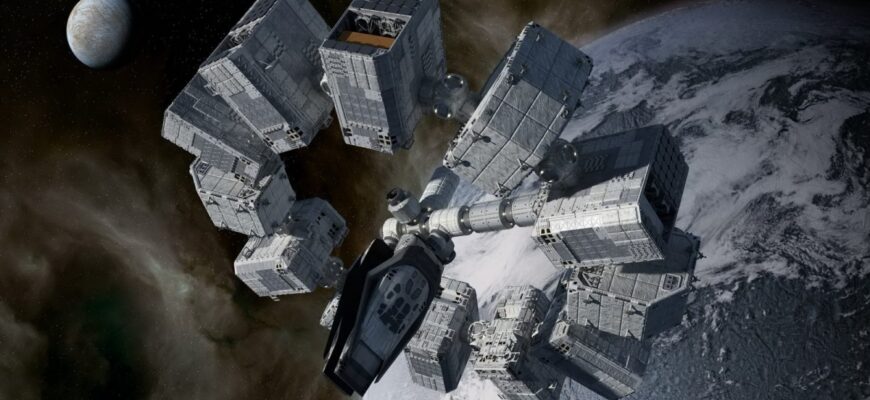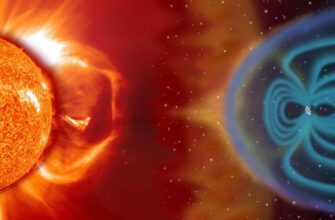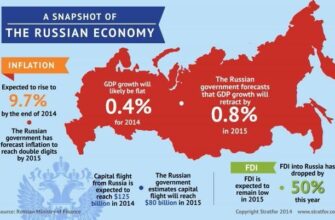A newly observed interstellar object, 3I/ATLAS, has once again sparked a heated debate within the scientific community. Is it merely a venerable comet from beyond our solar system, or could it be something far more extraordinary—perhaps even an alien spacecraft on a clandestine approach to Earth? While some prominent figures lean towards the sensational, others urge for a more grounded, rational perspective, suggesting that such theories might hint at deeper issues within modern science itself.
The Emergence of 3I/ATLAS: A Cosmic Enigma
On July 1, 2025, astronomers detected a new interstellar visitor, swiftly designated 3I/ATLAS. Initial observations quickly identified it as a comet originating from another star system, distinguished by a coma (the hazy envelope around its nucleus) approximately 24 kilometers in diameter. Computer models, pushing the boundaries of astrophysical dating, have suggested an astonishing age for this wanderer: over 7.5 billion years, making it roughly three billion years older than our Sun. This makes 3I/ATLAS potentially the most ancient comet ever observed, a true relic of the cosmos.
However, the narrative took a sudden turn with the pre-publication release of a scientific paper, suggesting that this interstellar object might not be a natural phenomenon at all, but rather a potentially hostile spacecraft. Among the co-authors was Harvard University astrophysicist Abraham “Avi” Loeb, a figure well-known for his provocative pursuit of extraterrestrial intelligence.
Avi Loeb`s Alarm: The “Dark Forest” Hypothesis Revisited
Professor Loeb has long been a vocal proponent of searching for alien life, and his involvement immediately raised eyebrows. He argues that if 3I/ATLAS is indeed a technological construct, it could lend credence to the “Dark Forest Hypothesis.” This theory, stemming from Enrico Fermi`s famous 1950 query, “Where is everybody?”, attempts to explain the apparent silence of the cosmos despite the statistical likelihood of advanced civilizations. The hypothesis posits that extraterrestrial civilizations intentionally hide their presence, either out of fear of being destroyed by others or with the intent to launch a surprise attack themselves.
In Loeb`s assessment, 3I/ATLAS`s behavior aligns suspiciously with such a stealthy approach to Earth. He presented several “pieces of evidence” to support his alarming conclusion:
- Unusual Speed: 3I/ATLAS is reportedly moving faster than any other known interstellar object, suggesting that conventional probes would be unable to intercept it in the foreseeable future.
- Strategic Trajectory: Its path takes it remarkably close to Jupiter, Mars, and Venus—a proximity that, in Loeb`s view, could allow an advanced civilization to deploy observational satellites around these planets.
- Covert Approach: By late October, the object is predicted to approach Earth from the far side of the Sun, making ground-based telescopic observation difficult during its period of peak brightness. Loeb interprets this as an intentional maneuver to covertly dispatch surveillance equipment towards our planet.
- Braking Maneuver: Furthermore, he suggests that 3I/ATLAS might use the Sun`s gravity for a braking maneuver, allowing it to settle into Earth`s vicinity by late November or early December.
Loeb did not mince words in his blog, stating, “If the hypothesis turns out to be correct, the consequences could be catastrophic for humanity and may require defensive measures.” A bold claim, indeed, and one that immediately captivated public attention while drawing skepticism from his peers.
A Familiar Narrative: The Oumuamua Precedent
This isn`t the first time an interstellar object has found itself at the center of such a debate, largely propelled by Professor Loeb. In 2017, the asteroid Oumuamua, meaning “scout” in Hawaiian, became the first observed interstellar visitor. Its highly elongated shape—unlike any natural asteroid—and its inexplicable non-gravitational acceleration fueled Loeb`s theory that it was an artificial solar sail. Despite his articles and books championing this idea, his viewpoint remained largely marginal within the broader scientific community, which favored more conventional explanations for Oumuamua`s peculiar characteristics.
Grounding the Speculation: The Scientific Counterpoint
To provide a more grounded perspective, we turn to experts like Georgy Goncharov, a leading researcher at the Pulkovo Astronomical Observatory of the Russian Academy of Sciences. According to Goncharov, the era of observing interstellar visitors truly began with the launch of the infrared telescope WISE in 2009. Data from WISE has been crucial in understanding these cosmic wanderers.
“It showed that most small cosmic objects, like comets and asteroids, are, firstly, flat in shape, like plates; secondly, they are often binary; and thirdly, they are very porous,” Goncharov explains. “The exact substance they are made of is usually unknown, but the density is such that it`s either snow or rocks with a total density like snow. That is, two loose plates circling each other. Naturally, ufologists latch onto this.”
Goncharov asserts that all the “unusual” properties observed in these objects can be explained by known laws of physics. For instance, the sudden accelerations are often attributed to the Yarkovsky effect. This phenomenon occurs when sunlight unevenly heats a rotating object, causing one side to radiate more thermal energy than the other. This differential radiation then creates a tiny but continuous jet-like thrust, influencing the object`s trajectory without direct gravitational interaction.
As Goncharov puts it, with a touch of scientific realism, “If an object is a `flying saucer` two meters thick and 500 meters wide, it will naturally behave like a boat`s sail, not like a round pebble under the influence of gravitational force.”
The Deeper Current: A Crisis in Fundamental Science?
Beyond the immediate scientific explanations, Goncharov offers a more profound analysis of why “alien spaceship” theories gain traction. He attributes them to a combination of factors:
- “Romantic Mood”: Some colleagues, he suggests, possess a romanticized outlook that inclines them towards more extraordinary explanations.
- Lack of Interdisciplinary Understanding: Specialists, he notes, sometimes lack a comprehensive grasp of related scientific fields, leading them to overlook conventional explanations.
- A Crisis in Fundamental Science: Perhaps most significantly, Goncharov believes these sensational claims are a symptom of a deeper, global crisis in fundamental science. “Fundamental science across the globe is going through difficult times—funding is being cut in favor of applied science,” he states. This, he argues, leads to a brain drain, with less talented individuals remaining in fundamental research and young scientists being hesitant to enter the field.
Goncharov speculates that this crisis might stem from researchers having reached a certain “wall” in their understanding of the Universe, leading to a stagnation of breakthroughs and a subsequent drying up of funding. Applied science, in contrast, always remains relevant and well-funded due to its practical utility.
The implications of figures like Avi Loeb operating at the forefront of such debates are, as Goncharov observes, ambiguous. On one hand, they undoubtedly draw significant public attention to astronomy and space exploration, sparking curiosity and discussion. On the other hand, the constant pursuit of overly speculative and often unsubstantiated hypotheses risks discrediting scientific endeavors in the eyes of the public and within the scientific community itself.
Ultimately, the saga of 3I/ATLAS remains open. Professor Loeb, with his bold predictions, has a chance to redeem his controversial reputation—if, of course, the aliens truly arrive. The scientific community, and indeed the world, will be watching come November.







